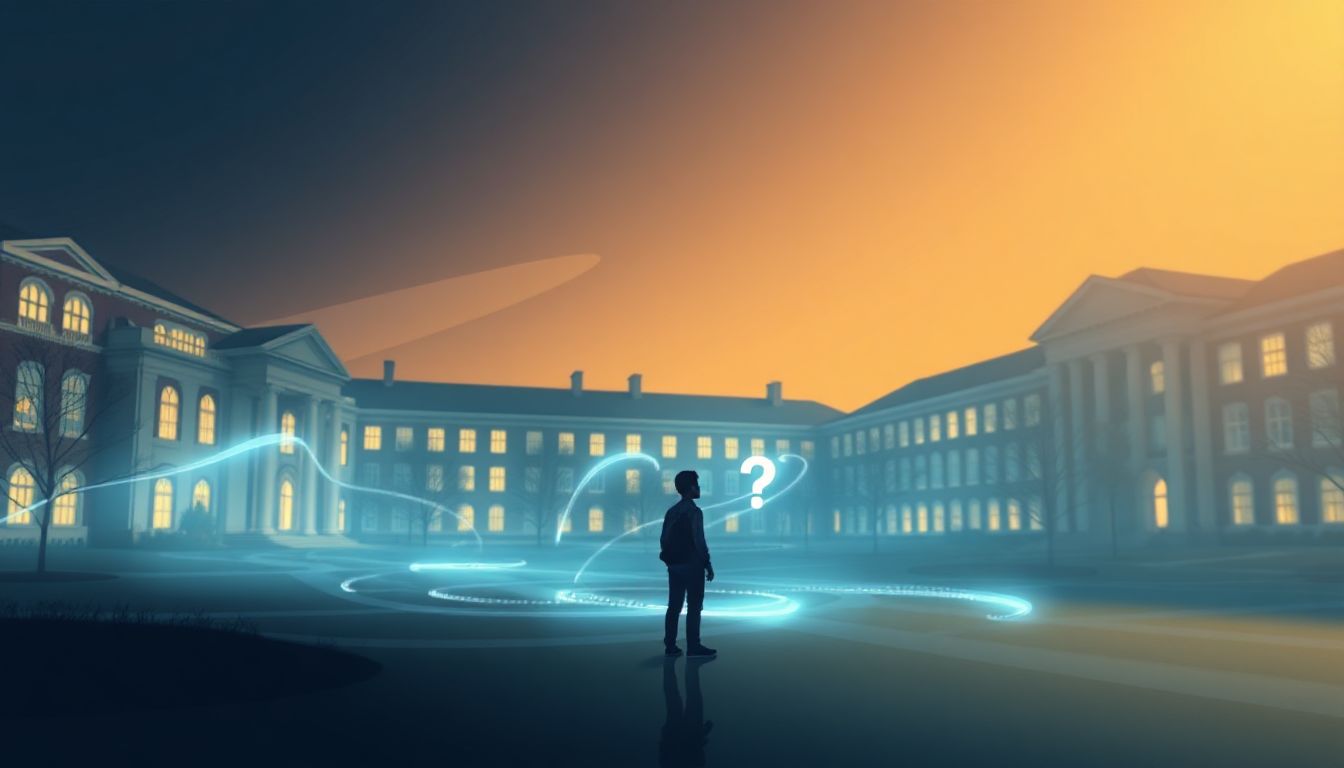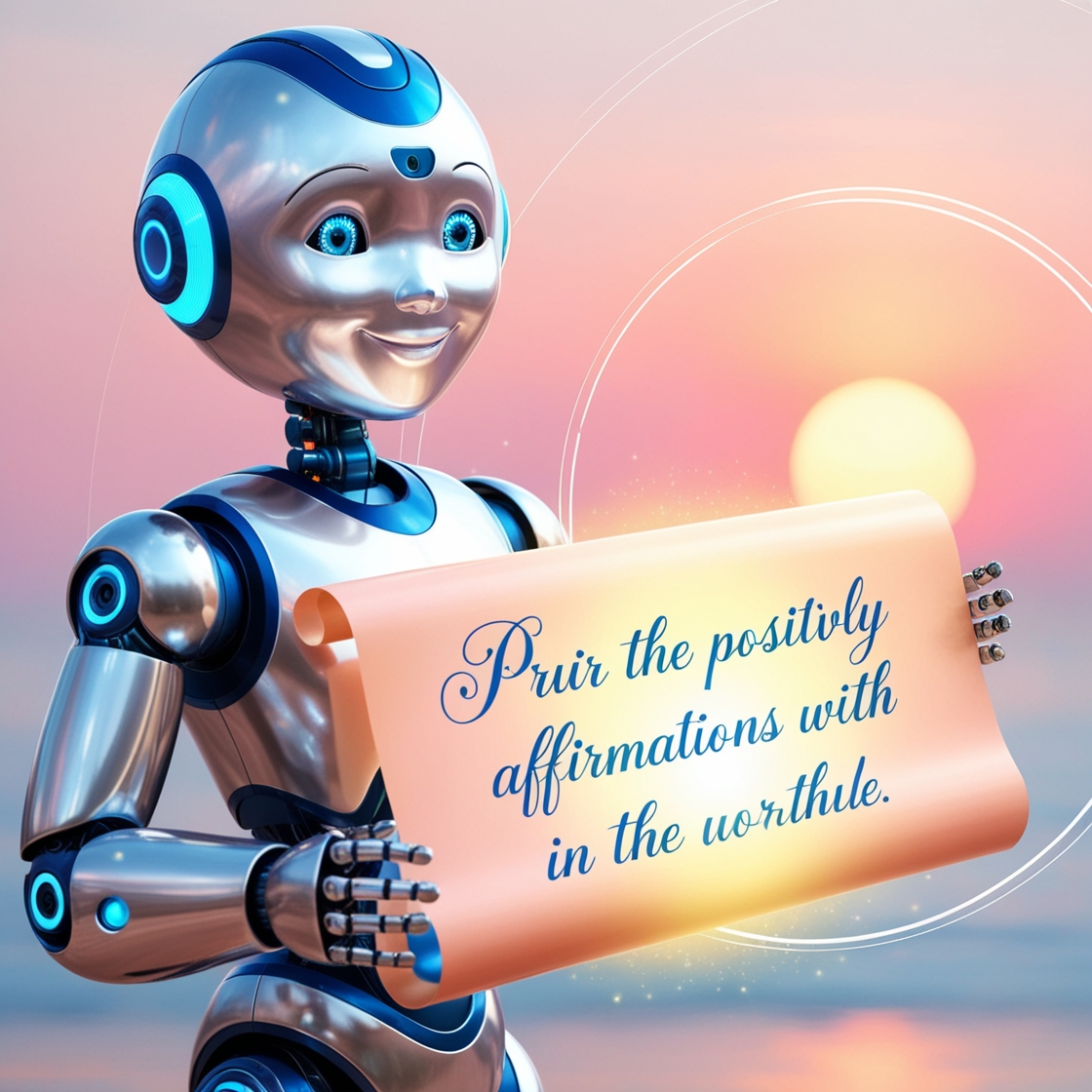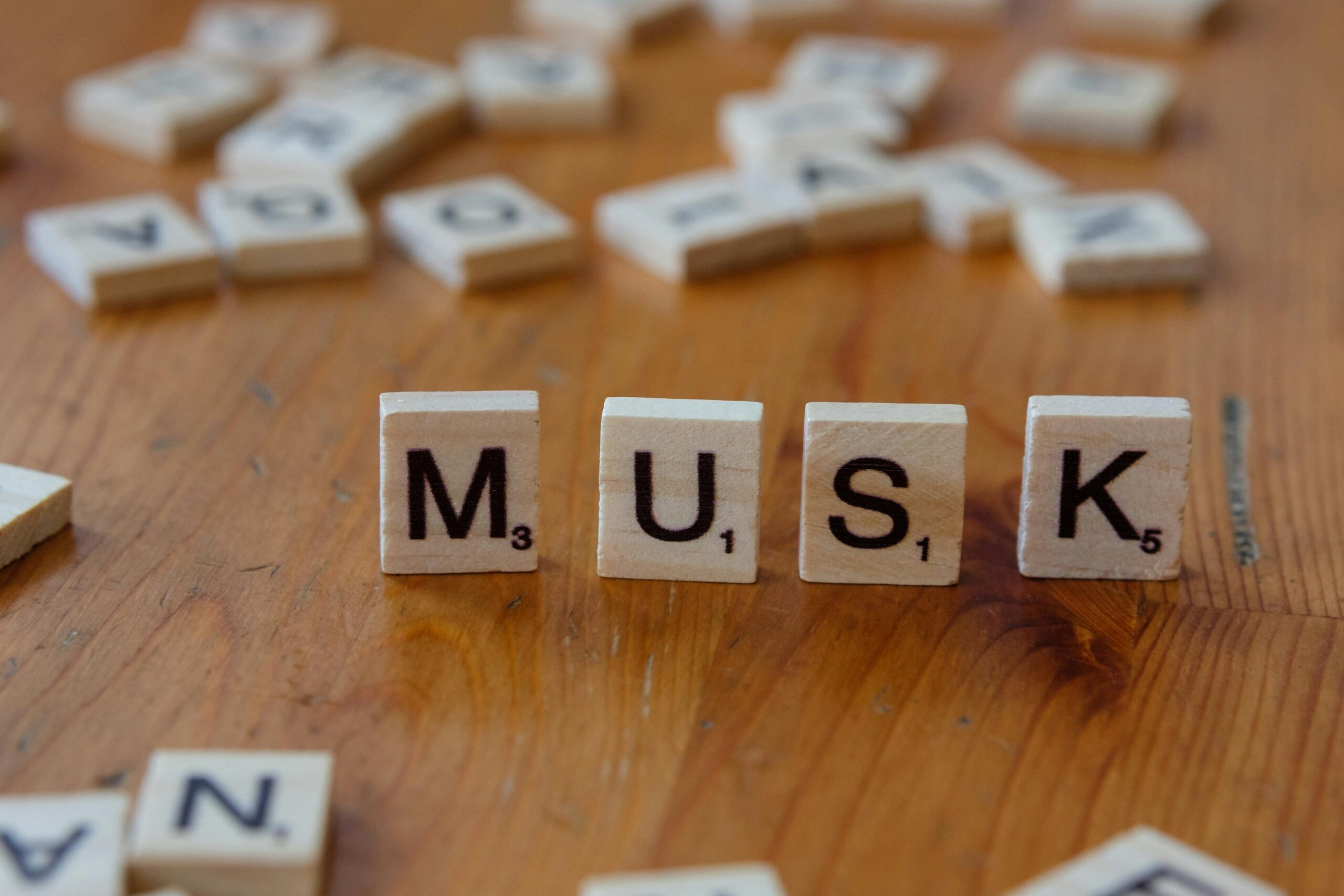
Students today face new challenges. One big worry is the rise of AI in schoolwork. Tools like ChatGPT and Bard are everywhere. They help with writing, research, and ideas. Many students wonder if colleges can tell when they use AI. This brings up a key question: Do University of California (UC) campuses use AI detectors? The answer isn’t simple. It’s part of a changing world where AI meets education.
Understanding AI Detection in Academia
What is AI Detection Software?
AI detection software works like a digital detective. These tools scan text for signs it was made by a computer program. They look for how sentences are built and the words used. Humans write differently than machines. AI detectors check things like sentence variety, word choice, and how predictable the text is. For example, a human writer might use many different sentence lengths. AI often uses more similar patterns.
Some popular tools include Turnitin’s AI detection feature, GPTZero, and Copyleaks. These programs aim to find AI-generated content. But it’s not a perfect science. They can sometimes make mistakes. A text written by a person might trigger a false alert. Also, content written by AI could sometimes slip through.
The Evolving Stance of Universities on AI
Higher education is still figuring out how to handle AI. At first, many schools thought about banning AI tools completely. Now, the view is often changing. Many universities want students to learn how to use AI responsibly. They see AI as a powerful tool for learning.
Universities are also updating their rules about honest work. Old rules covered plagiarism from other students or websites. New rules need to cover AI-generated text too. Schools want students to use their own minds. They want original thought, even if AI helps get started. An expert in education tech might suggest that “AI presents both a challenge and a chance. It forces us to rethink how we teach and learn.”
UC Campus Policies on AI-Generated Content
Are UC Campuses Using AI Detectors?
Do UC campuses use AI detectors? There isn’t one rule for all UC schools. Each campus, and even each department, can have its own approach. However, many UC departments and teachers are using AI detection tools. They want to make sure students are doing their own work. We don’t have a list of every professor using them. But it’s becoming common.
You can often see this through tools they already use. For example, many UC schools use Turnitin for checking essays. Turnitin now includes AI detection. This makes it easier for professors to check for AI use. So, while no one mandate covers all UCs, the use of these tools is certainly present. Policies and practices can differ quite a bit across UC campuses. They can even vary between different classes at the same school.
How AI Detection Might Be Implemented
The choice to use AI detectors often falls to the individual teacher. Your professor might decide to use Turnitin’s AI feature. Or they might use another program. This means one class might check for AI, and another might not. It just depends on what the teacher decides.
Turnitin is a big one. It’s already widely used to catch plagiarism. Now it has AI detection built right in. This means a professor who already uses Turnitin can easily add AI checking to their routine. But software isn’t the only way. Teachers also use other methods. They might ask for rough drafts and outlines. They could give you writing assignments in class. Oral presentations are another way to check understanding. These methods help teachers see if you truly understand the work.
The Impact of AI Detection on Students
Academic Integrity and Misuse
Using AI without following your professor’s rules can have serious outcomes. If you submit AI-generated work as your own, you could face penalties. These can range from a failing grade on an assignment to failing the class. In some serious cases, students might get put on academic probation. They could even face expulsion from the university.
Students are aware of AI tools and the detectors. Many students worry about being caught. It’s important to think about the right way to use AI. Using AI to cheat goes against the idea of honest learning. Surveys show that a large number of students use AI writing tools. This makes the discussion about honest use even more important for everyone.
Best Practices for Students Using AI
It’s smart to be open with your instructors about using AI tools. Ask them directly about their policies. Do this at the start of the semester. This way, you know what’s okay and what’s not. Think of AI as a helper, not a replacement. Use it to brainstorm ideas or help with research. You can also use it to draft parts of your paper. But your own thinking, writing, and editing must be the main part.
Always put in significant human effort. Make sure you critically analyze and change anything AI creates. Citing any AI help you get is also key. Learn how to cite AI-generated content correctly. These guidelines are still developing, so stay updated. The most important thing is to use AI to improve your work, not to skip doing it.
The Future of AI in Higher Education
AI Detection Technology Advancements
AI detection tools are always getting better. Developers are working hard to make them more accurate. They want fewer false alarms. They also want to catch more AI-generated text. But AI writing tools are also getting smarter. It’s a bit like an ongoing race. AI models are always learning new ways to write. This makes it harder for detectors to keep up.
An AI ethics expert might say, “The long-term impact of AI detection means we need to focus on what true learning means. It’s not just about stopping cheating.” The goal isn’t just to catch AI use. It’s about teaching students how to think for themselves.
Adapting to an AI-Influenced Academic Landscape
Universities are beginning to change how they grade work. They are rethinking assignments to focus on critical thinking. They want students to show original ideas and true scholarship. AI literacy is becoming very important for both students and teachers. This means understanding what AI can do and what its limits are. It also involves knowing the ethical rules for using it.
Students should look for resources at their university. Many schools offer workshops on AI and honest academic work. Attending these can help you stay current. It can also help you use AI wisely.
Conclusion
UC campuses are definitely engaging with AI detection. While no single rule covers every campus, many departments and teachers use AI detection tools. Tools like Turnitin now have AI checking built in. Policies can vary a lot from one class to the next.
For students, this means a few things. Always understand your course policies on AI use. Use AI tools responsibly to help your learning, not to do your work for you. Always keep your academic integrity strong. The link between AI and education will keep changing. Learning how to adapt and think critically about AI is key for your success.



